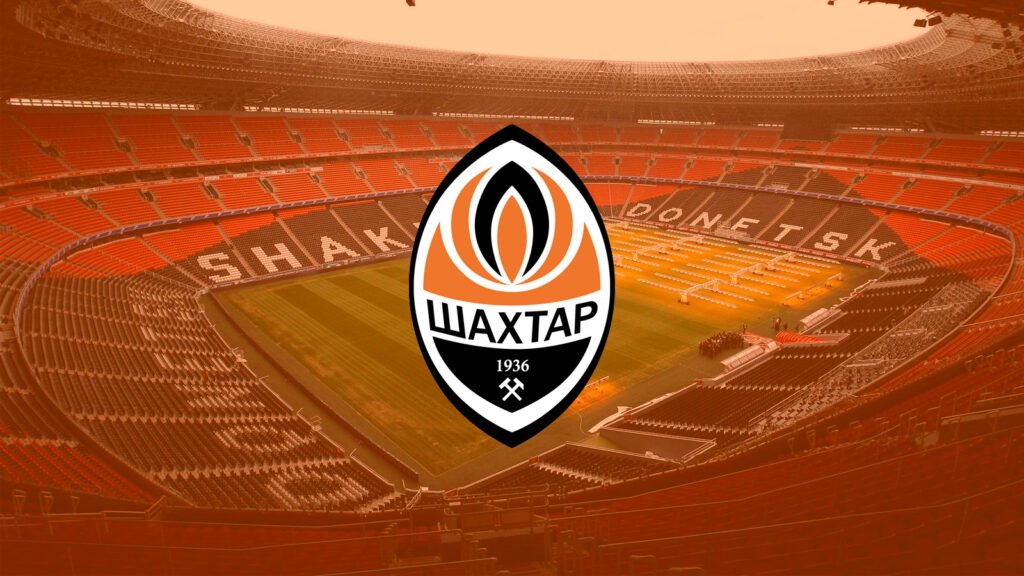
Shakhtar Donetsk FC
Shakhtar Donetsk FC is one of the most prominent and successful football clubs in Ukraine. With a rich history, passionate fanbase, and numerous national and international achievements, Shakhtar Donetsk FC has cemented its place as a formidable force in European football. This comprehensive article delves into the club’s origins, evolution, notable successes, player development, and its influence both within Ukraine and on the continental stage Nohu90.
Origins and Historical Development of Shakhtar Donetsk FC
The story of Shakhtar Donetsk FC begins in the mid-20th century, rooted in the industrial heartland of Ukraine. Understanding the club’s origins provides insights into the cultural and social dynamics that have shaped its identity. From humble beginnings to becoming a powerhouse, the club’s journey reflects resilience, strategic growth, and adaptation through turbulent times nohu90.com.
Early Foundations and Formation
The inception of Shakhtar Donetsk traces back to 1936, initially established as Stakhanovets. During this era, Soviet sports organizations often represented local industries, and Shakhtar’s association with the coal mining industry became a defining aspect of its identity.
This connection to heavy industry not only influenced the club’s nickname “Shakhtar” (meaning “Miner” in Ukrainian) but also fostered a sense of community pride. Despite interruptions due to World War II, the club was re-established post-war, gradually expanding its footprint within Soviet football circles.
The early years were marked by regional competitions and sporadic success. The club’s infrastructure and talent pool grew steadily, laying the groundwork for future prominence. Key figures in these formative years included dedicated players and coaches who emphasized discipline and resilience.
Transition Through Political Changes and Soviet Era Achievements
During the Soviet period, Shakhtar Donetsk experienced fluctuating fortunes. The club participated in various league tiers, eventually earning promotion to higher divisions. The 1960s and 1970s saw an increase in competitive stature, culminating in their first major Soviet Top League appearances.
Their development was characterized by strategic recruitment, nurturing local talent, and fostering a strong team ethos rooted in their working-class roots. Notable coaches like Valeriy Lobanovskyi, who later gained fame with Dynamo Kyiv, contributed to the club’s tactical evolution during this period.
Post-Soviet Transition and Rebuilding
Following Ukraine’s independence in 1991, Shakhtar Donetsk faced a critical transition. The collapse of the Soviet league system meant restructuring domestic competitions and establishing new identities in a rapidly changing landscape.
The 1990s posed financial and organizational challenges, yet Shakhtar managed to rebuild and adapt. Investment from local entrepreneurs and increased focus on youth development catalyzed a new era. The club’s management prioritized modernization of facilities, scouting networks, and strategic signings to compete effectively domestically.
This period laid the foundation for the club’s future dominance, setting the stage for their rise as a leading Ukrainian club capable of challenging European giants.
Modern Era and Global Recognition
Since the early 2000s, Shakhtar Donetsk FC has experienced unprecedented success. Under visionary leadership and with a focus on attracting talented players from around the world, the club became a regular fixture in UEFA competitions.
The modern era is characterized by a blend of seasoned veterans and emerging stars, supported by innovative coaching staff. The club’s commitment to both local talent and international recruitment has been instrumental in their sustained success.


